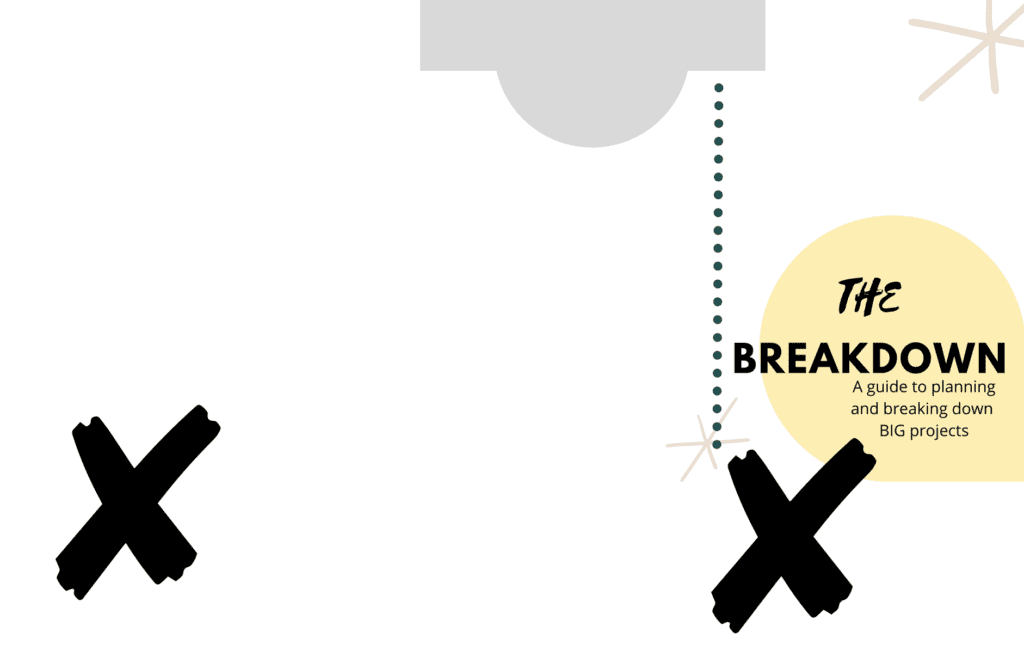10 Tips for the AP Art History Exam
- Always guess: Even if you’re not sure what the answer is to a multiple-choice question, make sure that you guess, don’t leave it blank. The AP Art History exam counts up, so each question you answer correctly earns you a point.
- Guess a material: When responding to essay questions you may be asked to identify a work of art. You’ll need to include at least 2 accurate identifies. What material work is made from is something that you should ALWAYS guess, if you guess wrong, it doesn’t hurt you.
- Write as MUCH as you know: Even though you only need 2 accurate identifies for a work, you should write as much as you know, just in case you remember something incorrectly. Writing everything that you know, gives you a better chance of earning the point.
- Hold your opinion: The exam does not ask for your opinion. Writing your opinion can muddle your answer, and make you think that you answered the question when you didn’t. Stay away from things like the most beautiful, the best, the worst, and instead provide evidence. Describe using visual characteristics why something is beautiful. Provide evidence of why a work of art is the best or the worst.
- Assume Nothing: Write your responses like you’re writing to someone that knows NOTHING about art history or the work that you’re writing about. Don’t leave information out, because you don’t think it’s important, or assume that the person scoring your work already knows the information, they do, they want to know what YOU know.
- Write in order: Write your response in the order that the questions are asked. This makes it easier for the reader to see that you answered each part of the question, and makes it easier for you to ensure that you answered each part of the question.
- Number each section: Essay questions are never asking you just one thing, and it can be easy to miss a step. As you read the question, label, 1, 2,3, 4, and then leave yourself notes as you write your response. You may feel like you’re repeating yourself some, but that’s okay. The questions keep asking you to push your thinking farther.
- Write in complete sentences: While you are not assessed for your overall writing structure or grammar, you do need to write in sentence and paragraph form. You may just bullets to brainstorm your response, but need to translate that into full sentences.
- Be clear and repeat terms: If the question asked you to write about visual evidence, you should use the term visual evidence in your response. If the question asks you to write about context, you should use the term context in your response. As you read the question, underline terms that are important as reminders to include them in your writing.
- Trust yourself: You’ve worked hard and studied, now it’s time to apply your learning and trust yourself. Trust that the answer that pops into your head is the correct one. If you feel nervous about a question, trust that you know the answer, and start writing the things that you DO KNOW, don’t focus on what you don’t know.
